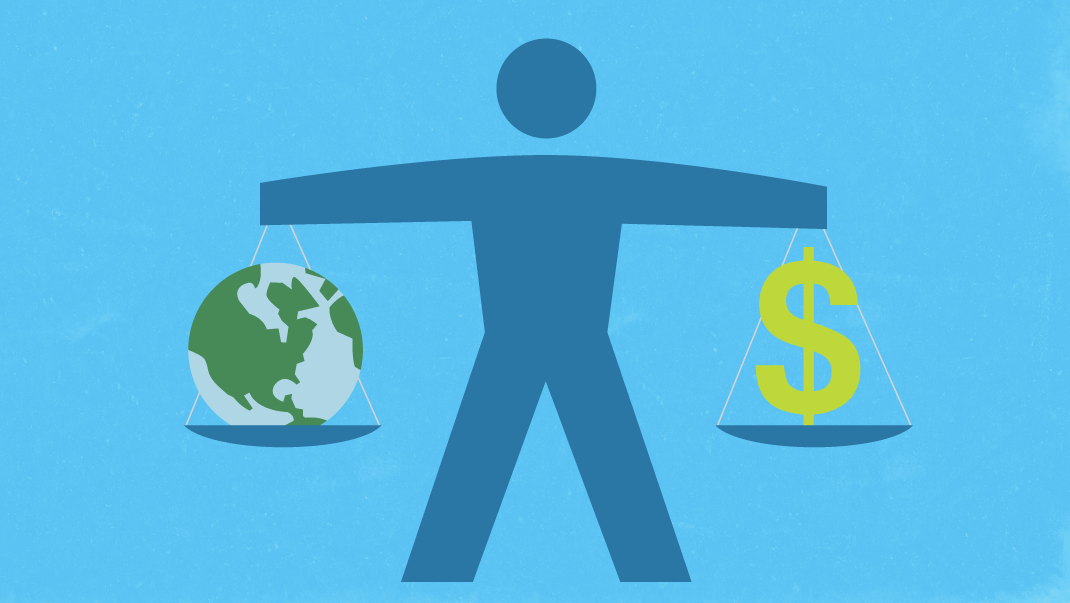In a few short years, sustainability has become ingrained in decision-making, development, and our national psyche. Economic criteria, along with environmental and social benefits comprise the three components of triple bottom line thinking. Unfortunately, keeping that financial bottom line in the black has become more difficult — thanks to extreme weather, aging infrastructure and more complex water supply management. But there are some bright spots.
We asked Scott Harder, president and CEO of the San Francisco-based Environmental Financial Group Inc., to share some of his success stories in this arena. He founded EFG in 1992 and has more than 35 years of global experience developing and financing clean energy, clean water and low-carbon solutions. According to Harder, using different tools in different regions, utilities have managed to move towards revenue stability, system reliability and sustainable rates structures.
• • •
Stemming the flow
Several years ago, South Florida faced a multi-year drought, and the airwaves were blanketed with PSAs calling for conservation, restrictions, and lawn watering cutbacks. Palm Beach County Water Utilities implemented a drought restriction surcharge for a one-year period, adding it onto the base fee to replace the revenue that was lost during several months of reduced water use by ratepayers. They were AAA-rated and planned to issue bonds within a year’s time.
Ultimately, the revenue came in, the coffers were restored, and the restriction surcharge was removed. The data showed that consumption decreased by about 30 percent during the height of the public information campaign and bounced back (or hung-over) to 20 percent off of the previous pace. An overhang that extends to this day, some five years later.
We found that elasticity of demand and other “price signal” parameters can be hard to predict during a drought when constant communications heighten awareness, response, and emotion.
Sustaining asset renewal over the long haul
Four years ago, I set out with a client to assess a looming renewal and replacement (R&R) challenge. We asked ourselves several questions to size up the project: How much investment would be needed, and when? And how could R&R be put front-and-center in capital investment priorities when greenfield projects and sexy technologies were infinitely more interesting than relining pipe?
It turned out that $1 billion in book value was forecasted to require a 40-year, $5 billion R&R program, which took into account upgrades to address redundancy, business risk and new regulations. From a strategic communications perspective, measuring the size of the mountain helped win support to build cash reserves, prioritize the use of these reserves for R&R, and re-orient business case evaluation and capital planning around R&R.
Sustaining the big data invasion
So “big data” is coming to the water industry. Promises fill the air to hyper-customize user rates, mine hidden revenue, reduce consumption to fine-thwarting levels, pinpoint cost of service allocations, and generate seamless real-time information flows from meter to CIS to smart phone. Data scientists are using satellites and weather stations to shape tiers and customize rates based on antecedent soil moisture, solar radiation, evapotranspiration, and next week’s weather forecast.
To someone who has written his share of SQL code to access legacy CIS systems and wring clean data, trends, and billing profiles from hundreds of megabytes of mainframe-bound ASCII flat files, this is a dream come true. An API to monitor data in real time is within reach. The promises of the big data water analytics companies are compelling, and a welcome change. Better data will help to manage the financial bottom line.
Sustaining water recycling
When I first became involved in water recycling 30 years ago, it was all about Title 22 and efforts to dispose of effluent in beneficial ways. Water recycling assets were part of the wastewater cost center and wastewater rates recovered the costs of providing that service. It was difficult at the time to charge a user for your wastewater disposal problems.
Then something happened. Golf courses, HOAs and other Title 22 customers started clamoring for recycled water. Many utilities began to think differently about wastewater—no longer considered the crazy uncle in the attic. We started to think about water recycling as the “Third Utility Service” and treated it as such from a business perspective. Real cost of service rates, connection fees, distribution systems, supplemental supplies, customer outreach and other financial policies began to lift up water recycling programs. Putting a price on water can indeed increase its value.
Advances in science and technology, changing climate and evolving regulations are indeed challenges to keeping water operations in the black. These same forces are also creating new opportunities for water agencies to work these changes to the advantage of the environment, their communities and their balance sheets. I’ve shared some scenarios where new technologies and business approaches are helping utilities see and move toward the light at the end of the tunnel. Feel free to comment on these or share some examples of your own.
